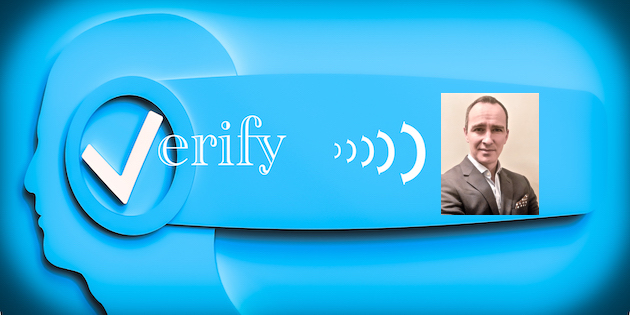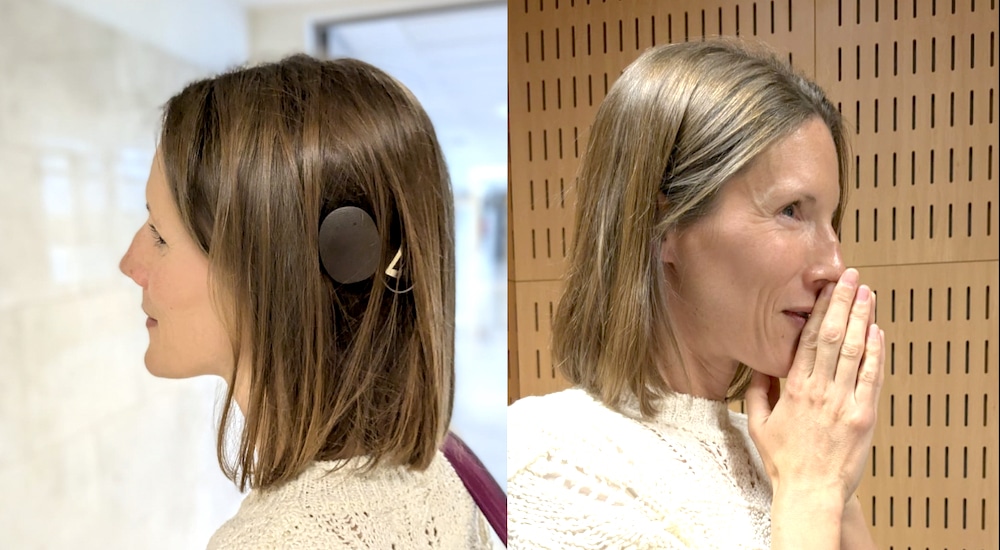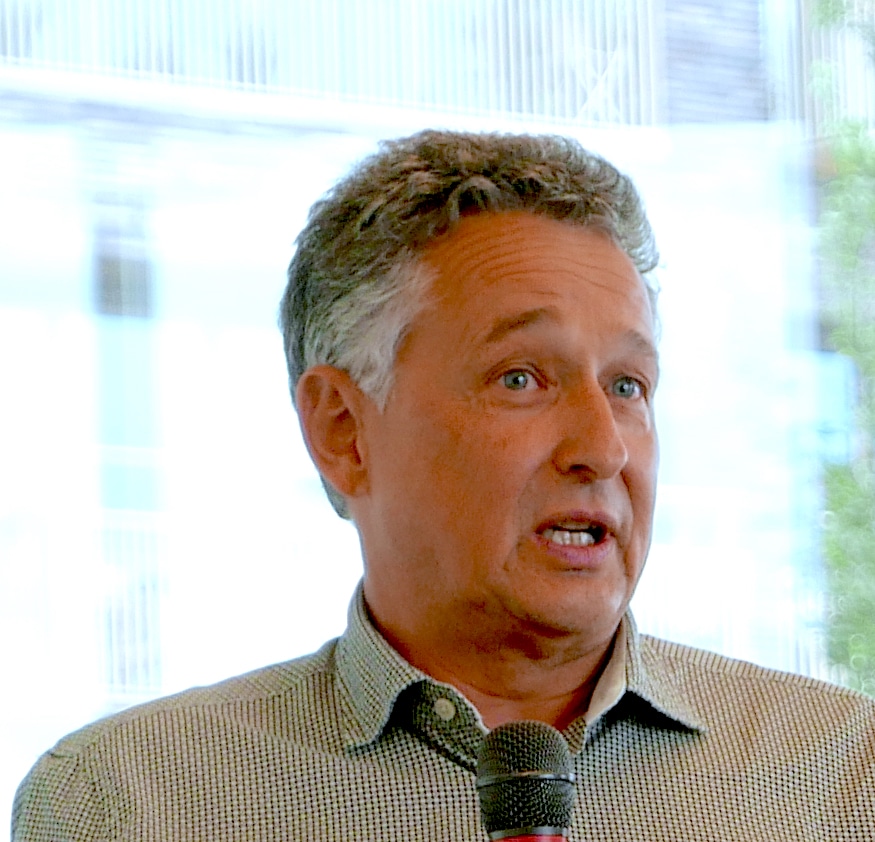The three Vs of hearing aid fitting: Verify Verify Verify (Part 2)
good practice
In this second part of a focus on hearing aid fitting verification, we print the perspectives of a top London-based audiologist, Raúl García-Medina, regular columnist in our UK Audio Infos magazine..

But first, the views of a technology expert, Thomas Behrens, Chief of Audiology at the Denmark-based multinational hearing aid brand, Oticon, who has been behind some of the most cutting-edge tech speech-in-noise tech worldwide.
“Hearing aids should be further be documented to provide speech-in-noise benefits in realistic listening environments, not only in terms of the direct improvement of speech understanding, but also in terms of the cognitive benefit, for instance in reducing listening effort and improving recall,” Behrens added.
Raúl García-Medina on hearing aid verification
Verification achieves more than correct gain and output
Should the verification of hearing aid fittings be solely based on Real Ear Measurements (REMs) and validated prescriptive verification formulas like NAL-NL2 or DSLv5?
Or should it involve other methods as well? This ought to be the new question, not whether conducting verification employing REMs is required.
And this is an old question that already yielded an empirically evidenced yes answer.
I would add that the validation of the verification process is also paramount to ensure that the end user obtains what they wanted or required, not just in terms of addressing audibility and intelligibility but also—and more specifically—in terms of their perception of loudness.
Verification and validation of hearing aids are indispensable for several reasons. However, one needs to be very aware of what they are trying to achieve with each.
What are you trying to achieve?
The main points are:
• Good audibility.
• Optimisation of speech understanding (speech intelligibility).
• Appropriate loudness perception.
• Good overall sound quality.
• Optimal end-user subjective interpretation of the hearing aid adaptation.
There are various ways to calculate the required amplification levels when adapting hearing instruments. We have two well recognised prescriptive verification formulas in NAL-NL2 and DSLv5.
The verification of hearing aid fittings is conducted to ensure that their gain and output are correct. Each hearing instrument programming can only be verified employing REMs, adjusting the sound measurements just in front of the tympanic membrane via the REM probe measurement tube, using validated prescriptive targets displayed via a probe microphone system, matching the output to these targets using a calibrated LTASS input signal (e.g. ISTS) delivered at soft, medium and loud levels.
The validation part varies but it should also include accurately assessing the patient’s individual psychoacoustics and hearing aid needs.
Read Part 1 of this article on hearing aid fitting verification.
Read more of Raúl García-Medina's writing on audiology issues:
Are Public Health Campaigns working?
A balancing act: the challenges of severe-to-profound hearing loss cases
The Blocked Ear and the Pandemic
Do what machines cannot do: Be an Audiologist
Source: Audiology Worldnews AAA Conference special magazine Spring 2022




